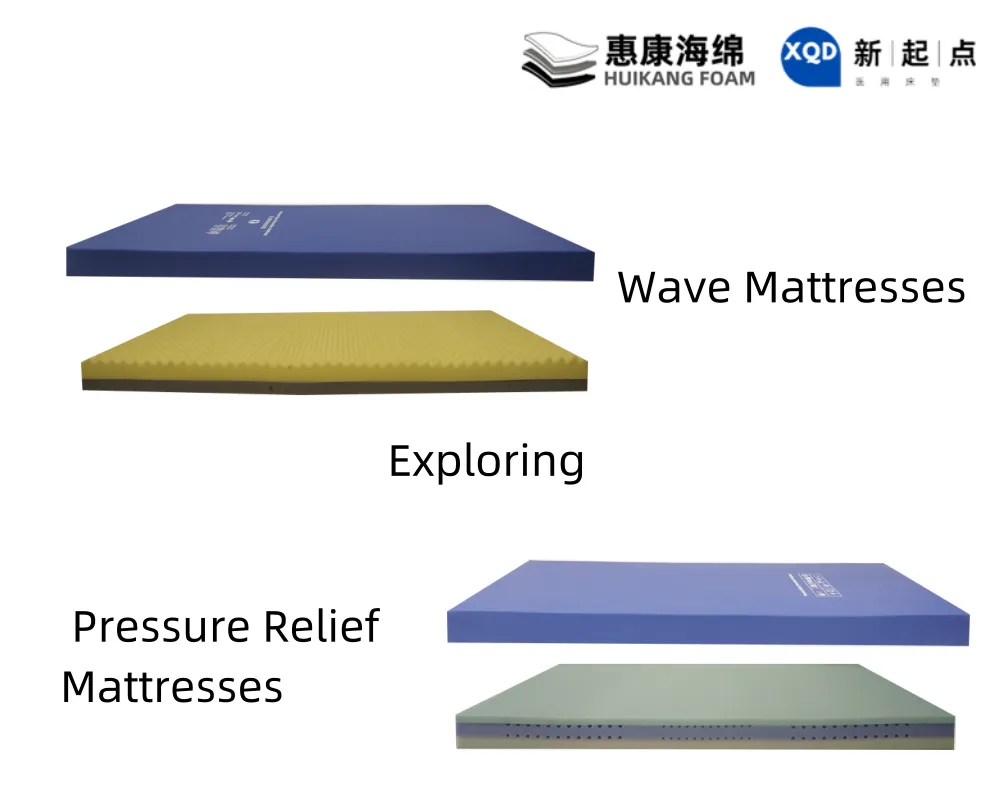Affordable Solutions for Managing Pressure Injuries Effectively and Safely
Understanding Cheap Pressure Injuries Prevention and Management Strategies
Pressure injuries, formerly known as pressure ulcers or bedsores, are localized damage to the skin and underlying tissue, primarily due to prolonged pressure. While these injuries can occur in anyone, they are especially prevalent in individuals with limited mobility or those who spend extended periods lying in bed or sitting in a wheelchair. Unfortunately, the issue of cheap pressure injuries is becoming increasingly prominent as healthcare systems strive to balance quality care with cost efficiency.
The financial implications of pressure injuries can be staggering. Treatment can involve extensive resources, including wound care management, surgeries, and extended hospital stays, which collectively can lead to substantial financial burdens on healthcare systems and patients alike. Thus, understanding how to prevent and manage these injuries effectively is crucial not only for patient well-being but also for the economic sustainability of healthcare services.
Causes and Risk Factors
Pressure injuries develop when blood flow is restricted to certain areas of the body due to sustained pressure. Factors contributing to the risk of developing these injuries include immobility, moisture (from sweat or incontinence), poor nutrition, and skin humidity. Individuals with conditions like diabetes or vascular diseases are also at an heightened risk, highlighting the importance of individualized assessment in patient care.
Prevention Strategies
Preventing pressure injuries is significantly cheaper and less complex than treatment. Here are several effective strategies for prevention
1. Regular Position Changes For patients who are bedridden or sit for long periods, it’s essential to change positions frequently, ideally every two hours if in bed, and every hour if seated. This relieves pressure on vulnerable areas such as the heels, sacrum, and elbows.
2. Supportive Surfaces Investing in high-quality mattresses and cushions that distribute weight evenly can dramatically reduce pressure. Specialty beds are available that utilize air or foam to redistribute pressure away from bony prominences.
3. Skin Care Keeping the skin clean and dry is vital. Regular inspections ensure that any early signs of pressure damage are identified promptly. Using moisture barriers can protect vulnerable skin from excess moisture due to sweat or incontinence.
cheap pressure injury

4. Nutrition and Hydration Adequate nutrition and hydration play critical roles in skin health. A diet rich in protein, vitamins, and minerals supports healing and overall skin integrity.
Management of Pressure Injuries
If a pressure injury does occur, early and effective management is crucial. Key steps include
1. Assessment Classifying the injury based on severity (Stages I-IV) allows for tailored treatment strategies.
2. Wound Care Keeping the wound clean and appropriately dressed promotes healing. Various dressings are available that can keep the wound moist and protect it while allowing for oxygen circulation.
3. Pain Management Pain control is an essential aspect of care, as pressure injuries can be incredibly painful.
4. Multidisciplinary Approach Involving a team of healthcare professionals, including nurses, dietitians, and wound care specialists, can optimize management strategies and improve outcomes.
Conclusion
While the economic pressures in healthcare may lead to the perception of cheap pressure injury management, it is vital to prioritize effective prevention and treatment strategies that enhance patient quality of life. With proactive measures in place, healthcare providers can significantly reduce the occurrence and severity of pressure injuries, leading to better patient outcomes and reduced costs. Understanding the significance of this issue is essential in advocating for policies that support comprehensive and sustainable care options.
-
Multi-Layer Construction for Enhanced Performance in Gel Mattress PadNewsJun.24,2025
-
Innovative Features of the Latest Wave Mattress Designs in ICU SettingsNewsJun.24,2025
-
Innovations in Gel Memory Foam Layering and Zoned Support DesignNewsJun.24,2025
-
ICU Nursing: Silicone Mattress vs. Traditional Foam Mattresses – A Clinical PerspectiveNewsJun.24,2025
-
Hypoallergenic and Antibacterial Properties of Gel Memory Foam MattressesNewsJun.24,2025
-
Comparing Gel Memory Foam to Traditional Memory Foam: Comfort and DurabilityNewsJun.24,2025
-
Wave Mattress: An Innovative Care Solution for the Elderly and Bedridden PatientsNewsJun.11,2025

